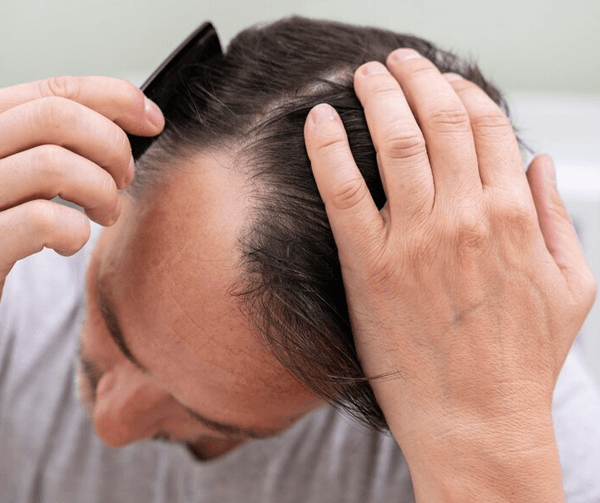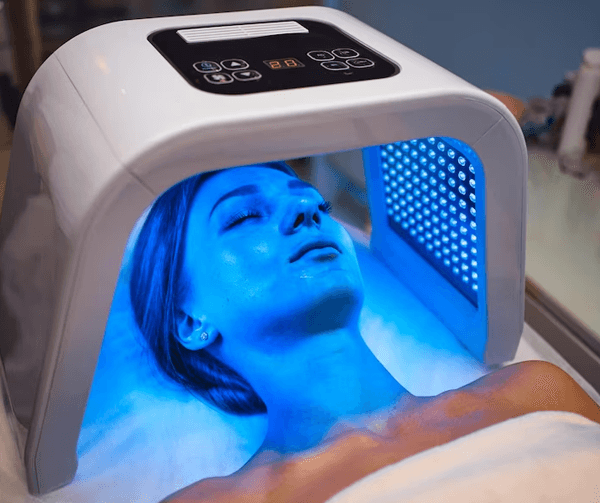In the previous article, we looked at some of the salient aspects related to dermabrasion and dermaplaning. We looked at what the process can do, who are the ideal candidates for the same and who should consider other processes. In this concluding article, we will look at the actual procedure, your recovery and the possible complications.
What is the procedure for a dermabrasion?
There are actually three parts of a dermabrasion procedure, and those are as follows:
- Where the procedure will be performed: There are several places where the dermabrasion or dermaplaning procedures can be conducted. However, most often, the process is conducted as an outpatient procedure. This means that the procedure could be done at a doctor’s clinic or at the outpatient department of a hospital. The only reason why your surgeon would want to admit you would be if you are getting any other surgical procedure done in tandem with the dermabrasion.
- The types of anaesthesia that can be used: There is some amount of pain in a dermabrasion or dermaplaning procedure, which is why either one of the procedures will be done only under the influence of an anaesthetic. While the anaesthesia will numb the area where the procedure will be conducted, you will also be given a sedative, which will allow you to relax. The combination of the sedative and anaesthesia will ensure that you feel minimal discomfort. If the procedure is superficial, then your surgeon might even use a numbing spray, which is often used instead of anaesthesia. However, if a larger area has to be covered or the surgeon is aware that you might require extensive work, he might prefer a general anaesthesia, which means that you will probably sleep through the entire procedure.
- The actual surgical procedure: In most cases, the procedure can be completed in a matter of a few minutes. However, the time taken to complete the procedure depends completely on the area that needs to be covered –more the area, more time it will take. In many cases, your doctor will suggest multiple sessions, because when there is a larger area of skin, it can get difficult as well as stressful for the skin to handle too much in one go. This is normally the manner of completion of procedure, when there is deep scarring too. A rough brush or a device containing tiny diamonds will be used to scrub away the outer layer of skin. The scraping will be continued till the time the surgeon feels that the scars and wrinkles have become minimally visible.
The process of dermaplaning is a little different – a device known as the dermatome is used, which resembles an electric razor. This hand-held device has a blade that oscillates in a back and forth motion, removing the uneven layers of the skin. The oscillation will also remove the skin that surrounds any facial defects, such as minute craters caused by acne. The process will be continued till the time the skin surrounding the acne or wrinkle has become as even as possible. The process will be concluded with the skin being treated with an ointment or dressing.
What is the recovery process after a dermabrasion?
There are actually three parts to the recovery process and these are the days and weeks immediately after the surgery, returning to a normal routine and getting accustomed to the new look and taking care of the same.
- After the procedure: Immediately after the procedure, your skin will feel extremely sensitive and there might be swelling as well. Many people will experience redness over the treated area, which tends to fade away over a few days’ time. There have been reports that people have trouble eating or even speaking, immediately after the procedure. There is often a tingling, burning or aching sensation, which will either be controlled by medications that your doctor will prescribe or will recede over time, on their own. The recovery procedure is quite similar to normal cuts and scrapes – first of all a crust will form over the wound and in time, the crust will fall off, revealing skin that is almost pink in colour. There might be itching when the new skin is forming and your doctor will suggest that you not give into the temptation. You will be prescribed an ointment, which should ideally be applied immediately after the surgery, as this will help with the itching.
- Returning to a normal routine: You will be given extensive information and instruction on how you need to take care of yourself, in the days after the procedure. Men will be advised to avoid shaving for a few days, as the possible nicks and cuts could lead to other complications. You will be told how to observe for possible complications, and should you see any, you will be required to head to the doctor immediately. Your doctor will probably suggest that you be extremely careful for the next two weeks, after which you should be able to return to your normal routine. You will be asked to avoid all activities that could strain your face or hurt it, which means you will not be able to play any contact sports for a while. Swimming should also be avoided because the chlorine could harm your sensitive skin. Ideally, you should also avoid alcohol for a few days. What is most important is that you protect your skin from over exposure to the sun and dirt.
- Living with the new look: The results will not be visible immediately, and the pinkness will take a few weeks to fade away. You will have to take care of your skin, applying makeup that does not cause allergy, avoiding shaving and the sun and ensuring that you wear sunscreen, every time you step out of the house.
What can go wrong with dermabrasion?
If the procedure has been completed by a professional and qualified surgeon, there is little chance of anything going wrong. However, there could be blotchiness in the skin, minute whiteheads and even peeling of the skin. There is also the possibility of infection and scarring, although very few cases of the same have been reported. Certain cases of excessive scar tissue have also been reported.







